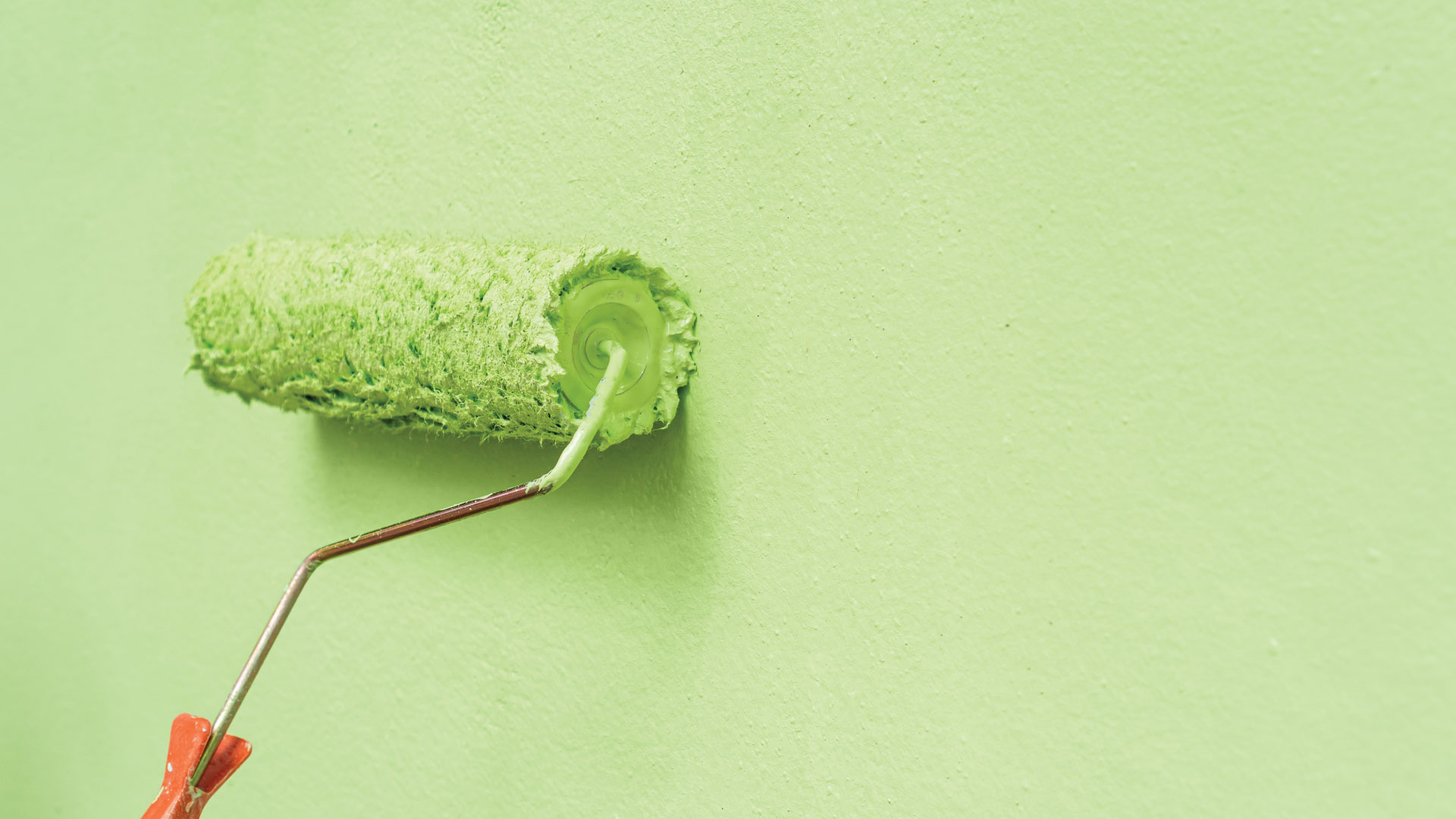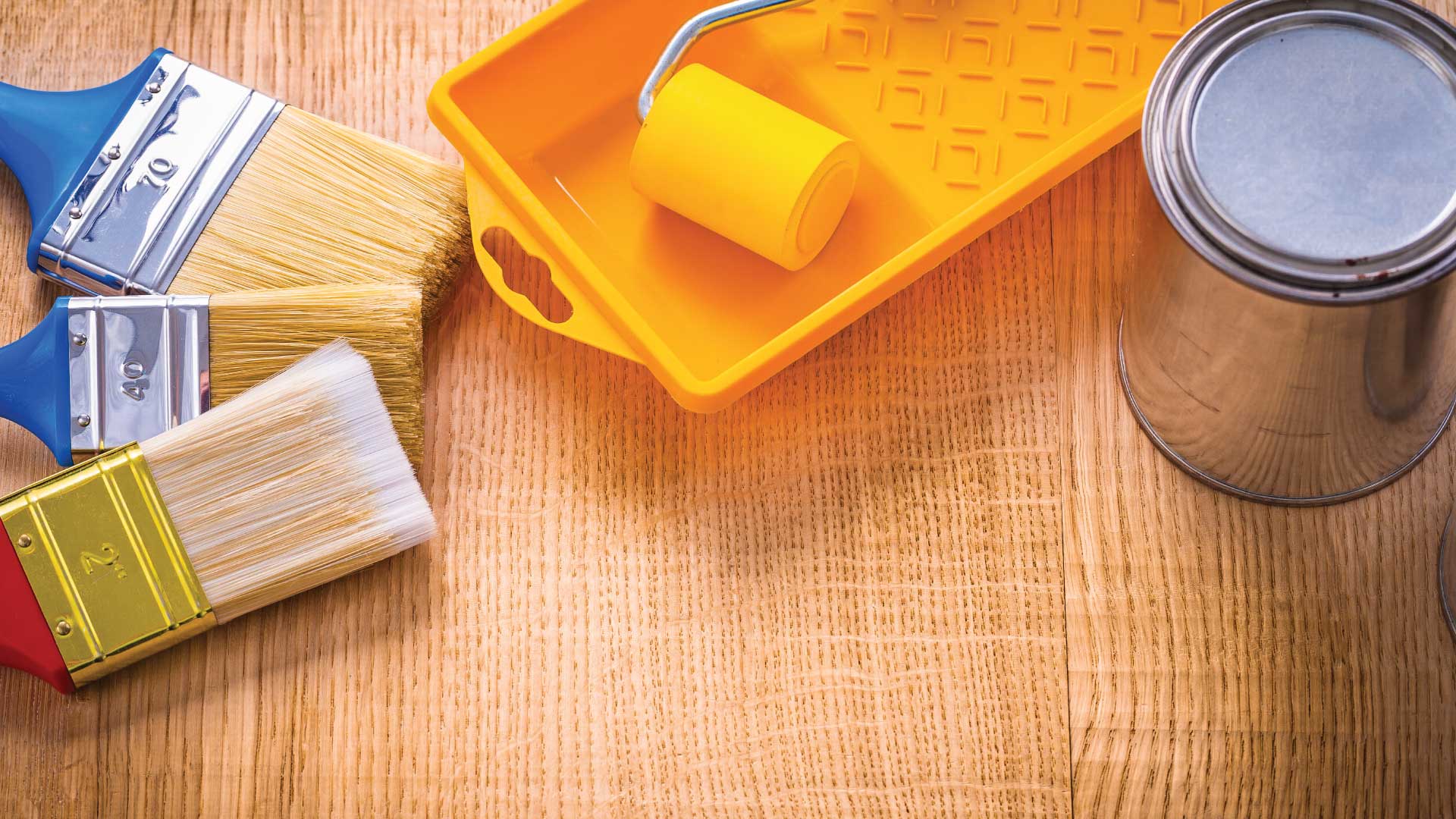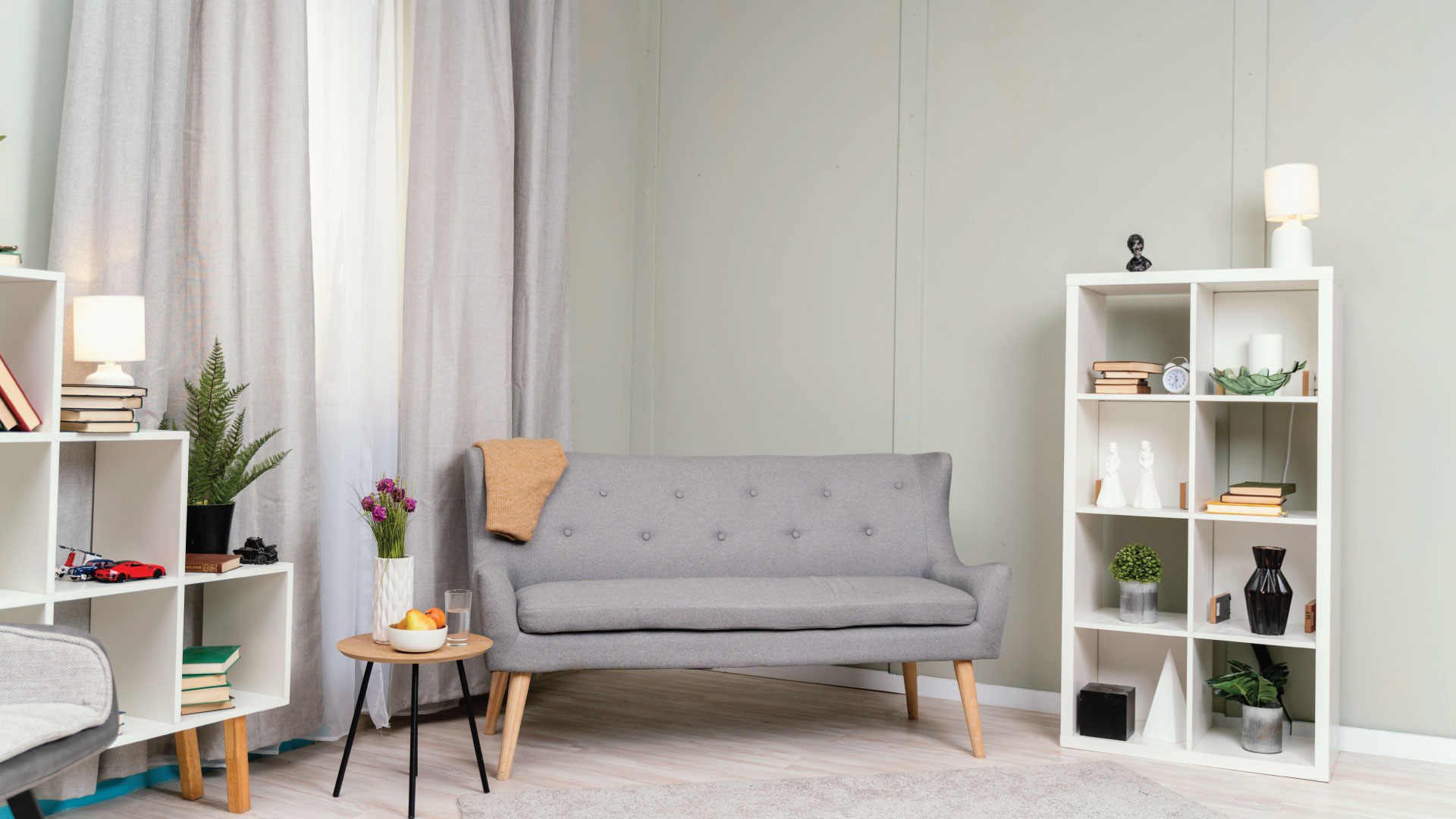
When it comes to painting, whether for an artistic project, a home renovation, or even a professional job, one of the most determining factors for success is the quality of the materials used. People often wonder if it’s really worth spending a bit more on higher-quality products, and in many cases, the answer is a resounding yes. Premium painting materials not only affect the aesthetic appearance of the final work but also influence durability, the application process, and long-term maintenance. This article explores how high-quality painting materials impact each stage of the project and why investing in them can be the right decision.
1. Pigments and Coverage
One of the key components of any paint is the pigment, which is responsible for the color and opacity. Low-quality pigments tend to be less concentrated, meaning you’ll need to apply more coats to achieve an even and vibrant coverage. This not only increases the long-term cost due to the extra amount of paint required but can also add more time to the project, something particularly frustrating in large-scale jobs such as painting an entire house or mural.
On the other hand, high-quality pigments provide more vivid and long-lasting colors. Being more concentrated, they cover evenly in fewer strokes, saving you both time and effort. This feature is especially crucial if you’re aiming to achieve intense colors or precise finishes in artistic or decorative projects.
2. Durability and Resistance
The longevity of a painting project is directly related to the quality of the materials used. Low-end paints can wear out, crack, or fade more quickly, especially when exposed to adverse conditions such as direct sunlight, humidity, or constant friction.
In contrast, high-quality paints often contain additives that make them more resistant to environmental factors such as UV rays, mold, or temperature changes. This extra durability translates into projects that maintain their fresh look for much longer, reducing the need for frequent repainting or touch-ups. Additionally, in the case of exterior paints, investing in resistant products can protect your long-term investment, preventing costly damage to underlying structures due to poor waterproofing or premature deterioration.
3. Ease of Application
The quality of the material also impacts the painter’s experience during application. Cheap paints are often more difficult to handle, as they may have an uneven texture, drip easily, or not adhere well to surfaces. This can result in an uneven finish or imperfections like bubbles or brush marks.
In contrast, premium materials tend to offer better consistency, making it easier to distribute evenly on the surface and minimizing errors. These paints have better viscosity, reducing the risk of splashes or spills and allowing for more precise control of the stroke, which is especially important for detailed work. Additionally, high-quality brushes, rollers, and other tools are often ergonomically designed with materials that improve the user experience, reducing fatigue and improving control with each movement.
4. Special Finishes
Finishes are another aspect where the quality of materials plays a crucial role. High-end paints are formulated to offer a variety of finishes—from matte to glossy—with a much more uniform and sophisticated appearance. If you want a special finish, such as a metallic, textured, or chalkboard effect, choosing the right materials can make a significant difference.
In comparison, lower-quality materials often fail to deliver these finishes with the same precision or elegance. The effects may appear flatter or even uneven, affecting the visual impact of the paint, especially in spaces where a modern or unique design is desired.
5. Maintenance and Cleaning
One of the less obvious advantages of high-quality paints is their ease of cleaning and maintenance. While lower-quality paints can peel or stain easily when cleaned, premium paints are often formulated to be washable and stain-resistant. This is crucial in high-traffic areas like kitchens, bathrooms, or hallways, where walls may get dirty more frequently.
Having a washable and durable paint will allow you to maintain the appearance of your space without needing frequent touch-ups or worrying about permanent stains. This is especially useful in homes with children or pets, where accidents are inevitable.
6. Long-Term Economic Impact
While high-quality materials may have a higher initial cost, the long-term savings are considerable. With fewer coats of paint needed, fewer touch-ups, and longer-lasting durability, premium paints allow you to maintain the original finish for longer, reducing the need for frequent repainting. Additionally, requiring less product and facilitating application also saves on labor costs, something important if you’re hiring a professional.
Conclusion
The quality of painting materials has a direct impact on every phase of a project, from application to the durability of the final finish. While it may be tempting to opt for cheaper products, the results that high-quality materials offer justify the investment. Whether in terms of durability, appearance, ease of application, or long-term maintenance, premium products always make a difference. In the end, investing in quality materials not only provides more satisfying results but also saves time, effort, and money in the future, ensuring that your painting project stands the test of time.



